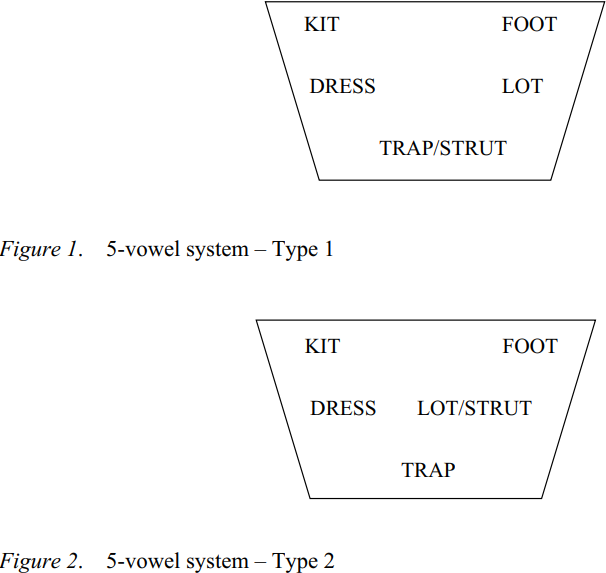x

هدف البحث
بحث في العناوين
بحث في المحتوى
بحث في اسماء الكتب
بحث في اسماء المؤلفين

اختر القسم
موافق


Grammar


Tenses


Present

Present Simple

Present Continuous

Present Perfect

Present Perfect Continuous


Past

Past Continuous

Past Perfect

Past Perfect Continuous

Past Simple


Future

Future Simple

Future Continuous

Future Perfect

Future Perfect Continuous

Passive and Active


Parts Of Speech


Nouns

Countable and uncountable nouns

Verbal nouns

Singular and Plural nouns

Proper nouns

Nouns gender

Nouns definition

Concrete nouns

Abstract nouns

Common nouns

Collective nouns

Definition Of Nouns


Verbs

Stative and dynamic verbs

Finite and nonfinite verbs

To be verbs

Transitive and intransitive verbs

Auxiliary verbs

Modal verbs

Regular and irregular verbs

Action verbs


Adverbs

Relative adverbs

Interrogative adverbs

Adverbs of time

Adverbs of place

Adverbs of reason

Adverbs of quantity

Adverbs of manner

Adverbs of frequency

Adverbs of affirmation


Adjectives

Quantitative adjective

Proper adjective

Possessive adjective

Numeral adjective

Interrogative adjective

Distributive adjective

Descriptive adjective

Demonstrative adjective


Pronouns

Subject pronoun

Relative pronoun

Reflexive pronoun

Reciprocal pronoun

Possessive pronoun

Personal pronoun

Interrogative pronoun

Indefinite pronoun

Emphatic pronoun

Distributive pronoun

Demonstrative pronoun


Pre Position


Preposition by function

Time preposition

Reason preposition

Possession preposition

Place preposition

Phrases preposition

Origin preposition

Measure preposition

Direction preposition

Contrast preposition

Agent preposition


Preposition by construction

Simple preposition

Phrase preposition

Double preposition

Compound preposition


Conjunctions

Subordinating conjunction

Correlative conjunction

Coordinating conjunction

Conjunctive adverbs


Interjections

Express calling interjection


Grammar Rules

Preference

Requests and offers

wishes

Be used to

Some and any

Could have done

Describing people

Giving advices

Possession

Comparative and superlative

Giving Reason

Making Suggestions

Apologizing

Forming questions

Since and for

Directions

Obligation

Adverbials

invitation

Articles

Imaginary condition

Zero conditional

First conditional

Second conditional

Third conditional

Reported speech


Linguistics

Phonetics

Phonology


Semantics


Pragmatics

Linguistics fields

Syntax

Morphology

Semantics

pragmatics

History

Writing

Grammar


literature


Reading Comprehension

Elementary

Intermediate

Advanced
Vowels The short monophthongs
المؤلف:
Rajend Mesthrie
المصدر:
A Handbook Of Varieties Of English Phonology
الجزء والصفحة:
1099-66
2024-06-28
39
Varieties in Africa-Asia either retain the 6-vowel system for short monophthongs or transform it into a 5-vowel system. The latter is exemplified by almost all African L2 varieties (except educated varieties of NigE). A 6-vowel system for short vowels is found among all the L1 varieties (WSAfE, StHE, CFE, InSAfE, LibSE), the Asian varieties (IndE, PakE, SgE and MalE; PhlE mesolect) and (with several structural changes) in southern NigE. The 5-vowel short monophthong system is in fact the core vowel system in its entirety for African varieties (except NigE), since (a) schwa is marginal in these varieties and (b) length distinction between vowels is not a general feature. There are two subtypes of the 5-vowel system for short vowels, depending on particular mergers:

Type 1, with merger of TRAP and STRUT is found in BlSAfE, EAfrE, GhE, GhP. Type 2 with merger of LOT and STRUT is found in CamE, Kamtok and NigP.
In WSAfE and CFE though there is a 6-way distinction amongst the short monophthongs, there is a chain shift amongst the front vowels, with each vowel moving one step higher and /ɪ/ becoming centralized  . I now turn to the specific characteristics of each lexical set in Africa-Asia varieties. In SgE the DRESS and TRAP classes appear to have merged (to [ε]) (Brown 1988: 134) or in Wee’s formulation there may well be a crossover effect in terms of vowel height, with [ε] for TRAP and [æ] for DRESS. Further research is needed to confirm this crossover of a whole class rather than of individual and isolated words as sometimes happens in other varieties.
. I now turn to the specific characteristics of each lexical set in Africa-Asia varieties. In SgE the DRESS and TRAP classes appear to have merged (to [ε]) (Brown 1988: 134) or in Wee’s formulation there may well be a crossover effect in terms of vowel height, with [ε] for TRAP and [æ] for DRESS. Further research is needed to confirm this crossover of a whole class rather than of individual and isolated words as sometimes happens in other varieties.